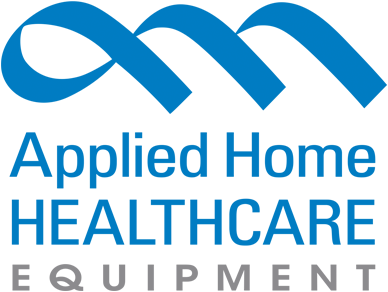PRODUCT CATEGORIES
CLASSES/REGISTRATION
WHAT'S YOUR ROLE?
Signs It’s Time to Replace a Regulator
Oxygen regulators play a vital role in safe, accurate gas delivery. But like any piece of equipment, they don't last forever. Over time, wear and tear, or even improper use, can cause performance issues that put your system, staff, and patients at risk.
According to the Compressed Gas Association (CGA) standard E-7, medical oxygen regulators should be tested at a maximum of five-year intervals—or more frequently if needed—to ensure safety.
Whether you’re using Click Style, Preset, or Adjustable regulators, here are signs it’s time to replace rather than repair:
1. Inconsistent Flow
Fluctuating or inaccurate flow rates are a red flag. Regulators are designed to deliver a consistent and precise flow. If the output doesn't match the setting, it can compromise therapy and system performance.
Check: Does the gauge jump when adjusting flow? Is oxygen output weak or stronger than expected at the cannula?
2. Leaking Gas
Leaks can occur at the regular body, connection point, or selector knob, and even small leaks can be hazardous.
For Click Stop regulators, typically found on larger cylinders and used in professional settings, are more accurate but also prone to internal wear. These leaks are often audible or visible.
Check: Use an oxygen-safe leak-detection solution on all joints and fittings. If you see bubbling, the regulator should be pulled from service.
*Never use Teflon tape or makeshift seals to fix a leak. Only certified repair parts should be used, and in many cases, full replacement is the safest routine.
3. Damaged or Stiff Controls
Click Stop selectors should click cleanly into each flow setting. If it's too loose, too tight, or doesn't align with settings, internal wear could be affecting flow delivery.
Check: Does the knob move smoothly and stop securely at each position? If not, the regulator could be at the end of its life.
4. Gauge Malfunction
If the guage needle sticks, gives erratic readings, or doesn't return to zero when disconnected, you may be dealing with a faulty guage, or a compromised regulator.
Check: Compare the guage reading to a known accurate unit. If it's off, replace the regulator or have it tested immediately.
5. Visible Damage or Corrosion
Surface damage may not always look serious, but dents, rust, or cracks near the inlet or gauge can impact both safety and accuracy.
Check: Look closely for corrosion, especially around oxygen pathways. Damage here can lead to internal contamination or leak risks.
6. It's Outlived Its Expected Life
There's no official expiration date on regulators, but heavy use in high-turnover settings can accelerate wear. Most facilities establish internal timelines for proactive replacement,
Tip: Keep a usage log and inspect units regularly. If a regulator is showing multiple signs of wear, replacement is the safer, more efficient option.
Know When to Replace, Not Repair
Some regulators can be serviced with certified repair parts, but many common failures (like leaks, stuck selectors, or worn gauges) call for full replacement. When in doubt, don't risk it.
Don't Ignore the Signs
A regulator that's leaking, inconsistent, or difficult to use is a safety risk in any high-pressure oxygen environment. Routine checks and timely replacements reduce downtime, imrpove performance, and help keep your operation compliant.
Applied HHE offers a full range of Click Style, Preset, and Adjustable regulators, designed for reliability, built for ease of use, and ready when you are.
You Might Also Like
Subscribe to our Newsletter
Get the latest regulatory info, accreditation news and exclusive discounts!
 View Cart []
View Cart []
